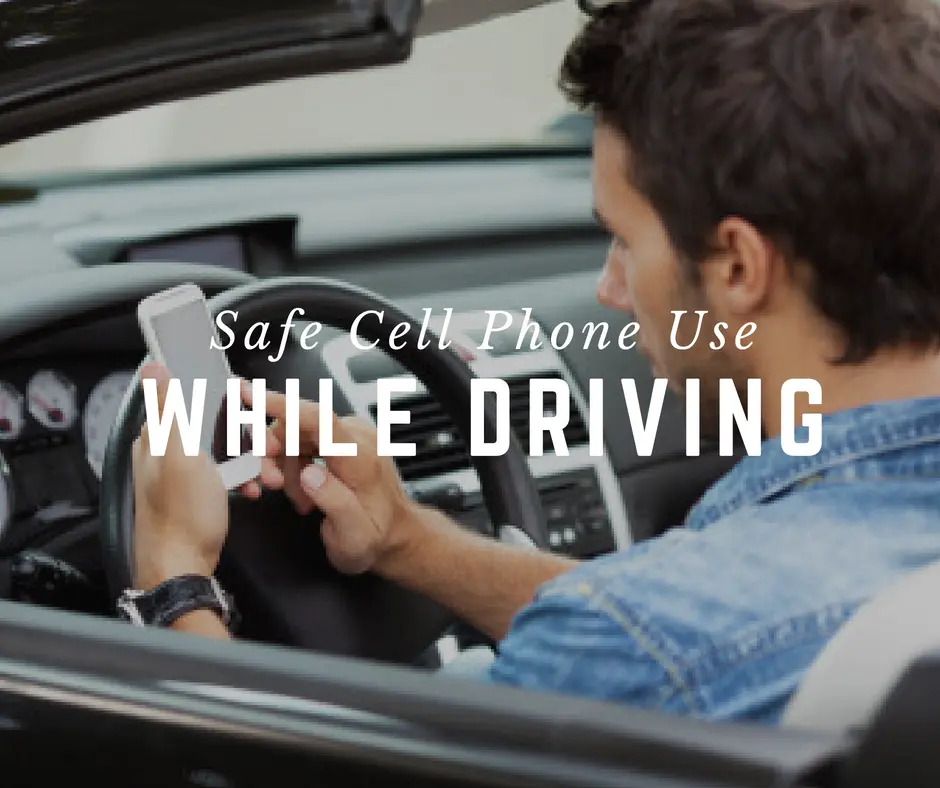
With the amounts of things are cell phones are used for, more often than not, it’s hard for us to find times when we’re not connected to them. One of the more dangerous areas we find ourselves using our cell phones is in our cars.
According to the National Safety Council, driving while using a cell phone is the cause of 1 out of every 4 crashes, and has led to 1.6 million car crashes each year. Surveys have shown that 94% of drivers support a ban on texting while driving, and 74% of drivers support a ban on hand-held cell phone use. Some states have even begun to pass laws banning hands-free cell phone use. Do you know what your state’s laws are when it comes to using a cell phone while driving
The next time you’re in your car with your cell phone, consider these safety tips from Progressive:
- Get to know your cell phone and its features, such as speed dial and redial.
Carefully read your instruction manual and learn to take advantage of valuable features most cell phones offer, including automatic redial and memory. Also, work to memorize the phone keypad so you can use the speed dial function without taking your attention off the road. - When available, use a hands-free device.
A number of hands-free cell phone accessories are readily available today. Whether you choose an installed mounted device for your cell phone or a speaker phone accessory, take advantage of these devices if available to you. - Position your cell phone within easy reach.
Place your cell phone within easy reach and where you can grab it without taking your eyes off of the road. If you receive a call at an inconvenient time, if possible, let your voice mail answer it for you. - Suspend conversations during hazardous driving conditions or situations.
Let the person you are speaking with know you are driving. If necessary, suspend the call in heavy traffic or hazardous weather conditions. Rain, sleet, snow and ice can be hazardous, but heavy traffic can be just as dangerous. As a driver, your first responsibility is to pay attention to the road. - Do not take notes or look up phone numbers while driving.
If you are reading an address book or business card, or writing a “to do” list while driving a car, you are not watching where you are going. It’s common sense. Don’t get caught in a dangerous situation because you’re reading or writing and not paying attention to the road or nearby vehicles. - Dial sensibly and assess the traffic. If possible, place calls when you are not moving or before pulling into traffic.
Try to plan your calls before you begin your trip, or attempt to coincide your calls with times you may be stopped, such as at a stop sign, red light or in a parking space. But, if you need to dial while driving, follow this simple tip: Dial only a few numbers, check the road and your mirrors, then continue dialing. - Do not engage in stressful or emotional conversations that may be distracting.
Stressful or emotional conversations and driving do not mix — they are distracting and even dangerous when you’re behind the wheel of a car. Make people you are talking with aware you are driving and, if necessary, suspend conversations which have the potential to divert your attention from the road. - Use your cell phone to call for help.
Your cell phone is one of the greatest tools you can own to protect yourself and your family in dangerous situations — with your phone at your side, help is only three numbers away. Dial 911 or another local emergency number in emergencies such as a fire, traffic accident, road hazard or medical emergency. Remember, an emergency call is a free call on your cell phone! - Use your cell phone to help others in emergencies.
Your cell phone provides the opportunity to be a “Good Samaritan” in your community. If you see a car accident, crime in progress or other serious emergency where lives are in danger, call 911 or another local emergency number, as you would want others to do for you. - Call roadside assistance or a special cell non-emergency assistance number when necessary.
Certain situations you encounter while driving may require attention, but are not urgent enough to merit a call for emergency services. Even so, you still can use your cell phone to lend a hand. If you see a disabled vehicle posing no serious hazard, a broken traffic signal, a minor traffic accident where no one appears injured or a vehicle you know is stolen, call roadside assistance or another special non-emergency cell number.
If you’re looking for more information on safe driving techniques, consider our Defensive Driving Training for more information on safety while driving. If you’re looking for safety information on other topics, head on over to hardhattraining.com.
